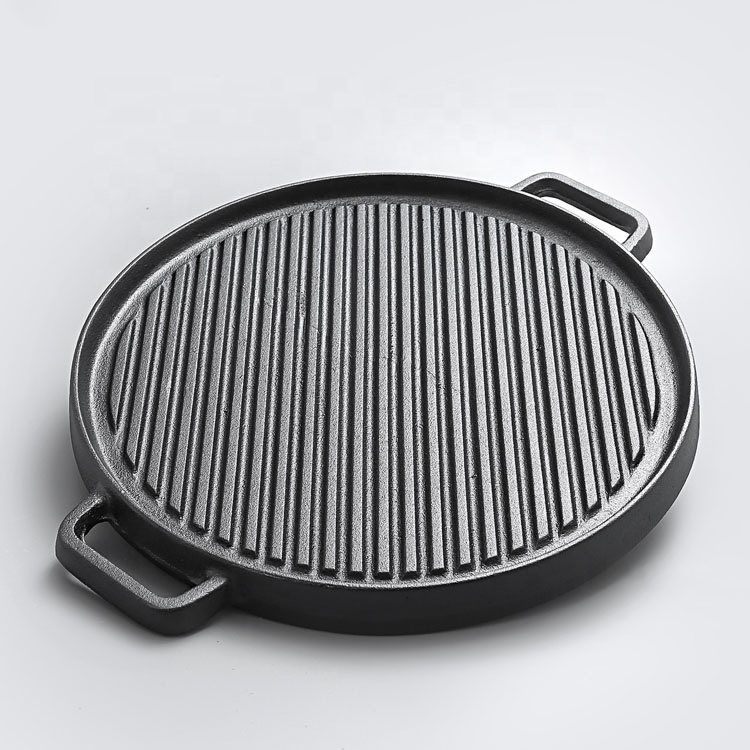
coating a cast iron skillet
Coating a Cast Iron Skillet A Guide to Longevity and Performance
Cast iron skillets are beloved kitchen staples, revered for their durability and superior heat retention. However, to maximize their potential and ensure they last for generations, proper coating and seasoning are essential. This article will explore the process of coating a cast iron skillet, enhancing its non-stick properties and preventing rust.
When you first acquire a cast iron skillet, one might notice it has a rough surface. This is normal, but before cooking, it’s crucial to prepare the skillet properly. The primary step involves cleaning the skillet, especially if it's new or has been used previously. For new skillets, it’s often coated in a factory finish that might not be food-safe. A thorough wash with warm, soapy water can help remove this layer. For used skillets, any rust or old seasoning should be removed using steel wool or a scrub pad, followed by a rinse and thorough drying.
Once clean, the process of seasoning, or coating, begins. Seasoning refers to the application of a thin layer of oil that transforms the surface into a slick, non-stick surface while also protecting it from moisture and rust. A variety of oils can be used; popular options include flaxseed oil, grapeseed oil, and vegetable oil. Each has its own smoke point and properties; flaxseed oil, for instance, polymerizes beautifully, creating a hard, protective layer.
coating a cast iron skillet

To season your skillet, apply a small amount of oil to the cooking surface and the exterior using a paper towel or cloth. Then, place the skillet upside-down in an oven preheated to 450°F (232°C). It’s advisable to put a baking sheet on the rack below to catch any drips. Bake for about an hour, allowing the oil to polymerize and create a robust coating. After the hour is up, turn off the oven and let the skillet cool inside, ensuring a gradual temperature change that will not crack the cookware.
Reapplication of the coating is necessary over time. Each time you cook with your skillet, especially with fatty foods, it helps reinforce this non-stick layer. If food starts to stick or if you notice rust, it’s time to re-season. Remember that scrubbing with soap and water can remove seasoning, so a gentle wipe with a paper towel is often the best maintenance.
In conclusion, coating a cast iron skillet is a simple yet vital process that enhances its functionality and longevity. With regular seasoning and care, your skillet will not only improve with use but also become a cherished heirloom, perfect for passing down through generations. Embrace the rustic charm and unbeatable heat retention of cast iron cooking – your culinary adventures await!
-
Season Cast Iron Perfectly with GPT-4 Turbo TipsNewsAug.01,2025
-
High Quality Cast Iron Cookware - Baixiang County Zhongda MachineryNewsAug.01,2025
-
Premium Cast Iron Pan: Durable & Perfect HeatNewsAug.01,2025
-
High Quality Kitchen Durable Black Round Cast Iron Cookware Pancake Crepe Pan-Baixiang County Zhongda Machinery Manufacturing Co., Ltd.NewsAug.01,2025
-
Cast Iron Cookware - Baixiang County Zhongda Machinery | Nonstick, Heat ResistanceNewsAug.01,2025
-
High Quality Kitchen Durable Black Round Cast Iron Cookware - Baixiang County Zhongda Machinery | Non-Stick, Heat Retention, DurableNewsJul.31,2025


